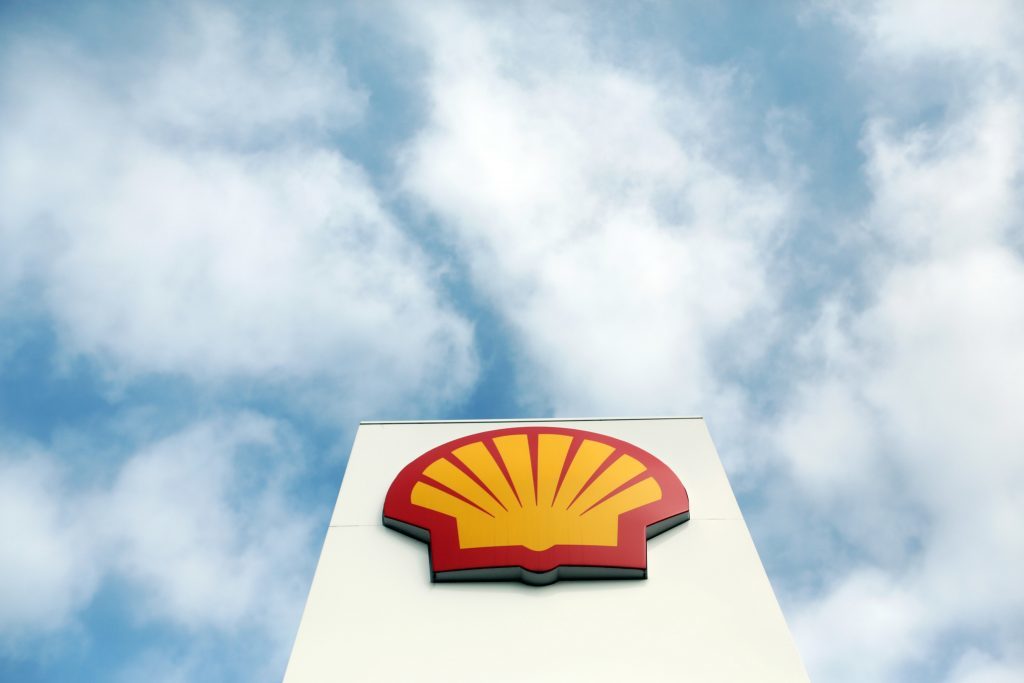
The oil major’s petrochemicals unit has installed the project’s largest piece of equipment: a 285-foot cooling and condensation tower for gas and other hydrocarbons. It spent more than three weeks in transit up the Mississippi and Ohio rivers and required the one of the world’s largest cranes to lift it into place.
The company is building an ethane cracker, which processes the natural gas liquid ethane into ethylene, which will be the feedstock for on-site production of polyethylene, the world’s most common plastic. Three units will churn out 1.6 million metric tons of polyethylene a year to be sold as tiny plastic pellets for use in packaging, automobiles, furniture and consumer goods.
The project is the largest of its kind in the Northeast, which has lagged the U.S. Gulf Coast in petrochemical developments despite ample supplies of natural gas from the Marcellus and Utica shale formations spanning Pennsylvania, Ohio and New York. The region is home to numerous companies that produce bottles, packaging and other goods, but the plastic pellets needed to make them often come from elsewhere.
The Shell project, however, will change that. A report last year by research firm IHS Markit noted that nearly 75 percent of U.S. demand for polyethylene is located within 700 miles of southwestern Pennsylvania, where the company’s site is located.Graham van’t Hoff, Shell’s executive vice president for global chemicals, said the company chose the site’s location in large part for its proximity to customers, as well as an abundant supply of ethane. Unlike polyethylene producers along the Gulf Coast, he added, the company expects to export only a minor fraction of its Pennsylvania production.
“It has a natural advantage to serve the domestic market,” he said.
The IHS Markit report noted that Shell’s multibillion-dollar investment could be the first of several in the region as petrochemicals producers look to capitalize on rich, low-cost ethane from the Marcellus and the Utica, which are together expected to account for about 40 percent of the nation’s natural gas production by 2030. The firm expects that a corresponding rise in the production of ethane — a byproduct of oil and gas drilling — could be enough to supply an additional four crackers to generate ethylene for plastics manufacturing.
IHS Markit, however, cautioned that those developments will only occur if companies, legislators and regulators in the region take steps to increase the number of large sites zoned for industrial activity and speed up a buildout of pipelines and storage for natural gas liquids.
Bob Patel, CEO of Houston chemical maker LyondellBasell, said in a recent interview that his company hasn’t yet considered building a project in the Northeast because of those constraints. He added that the vast network of pipelines along the U.S. Gulf Coast, where many of the company’s plants are located, allows for an easy exchange of feedstocks and chemicals between different producers, reducing costs and boosting operational reliability throughout the region.
LyondellBasell is investing heavily to expand its Gulf Coast operations. It began construction last year on a $725 million plant to produce polyethylene at its La Porte complex, and this year, it started work on its priciest project to date, a $2.4 billion plant in Channelview to produce chemicals used in either polyurethane foam or high-octane gasoline.
Patel said he expects the Northeast will eventually have the sort of petrochemical density needed to attract similar investments — after a series of relatively costly investments to form a foundation.
“One day, 10 or 20 years from now, we might consider (the Northeast),” he said “But today, there’s enough opportunity for us on the Gulf Coast.”Van’t Hoff said that Shell’s execution of the Pennsylvania project is possible in part because of the widespread nature of the company’s operations. It has experience building not only petrochemicals plants, but also pipelines and other aspects of production necessary to support an investment of that size.
“The opportunity to build the region out is there,” he said. “But it’s not without its challenge.”